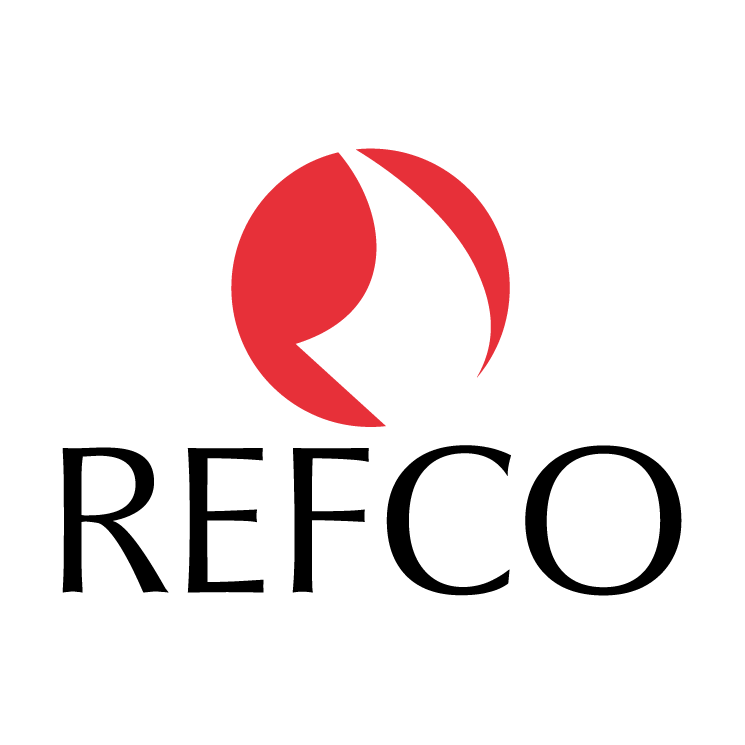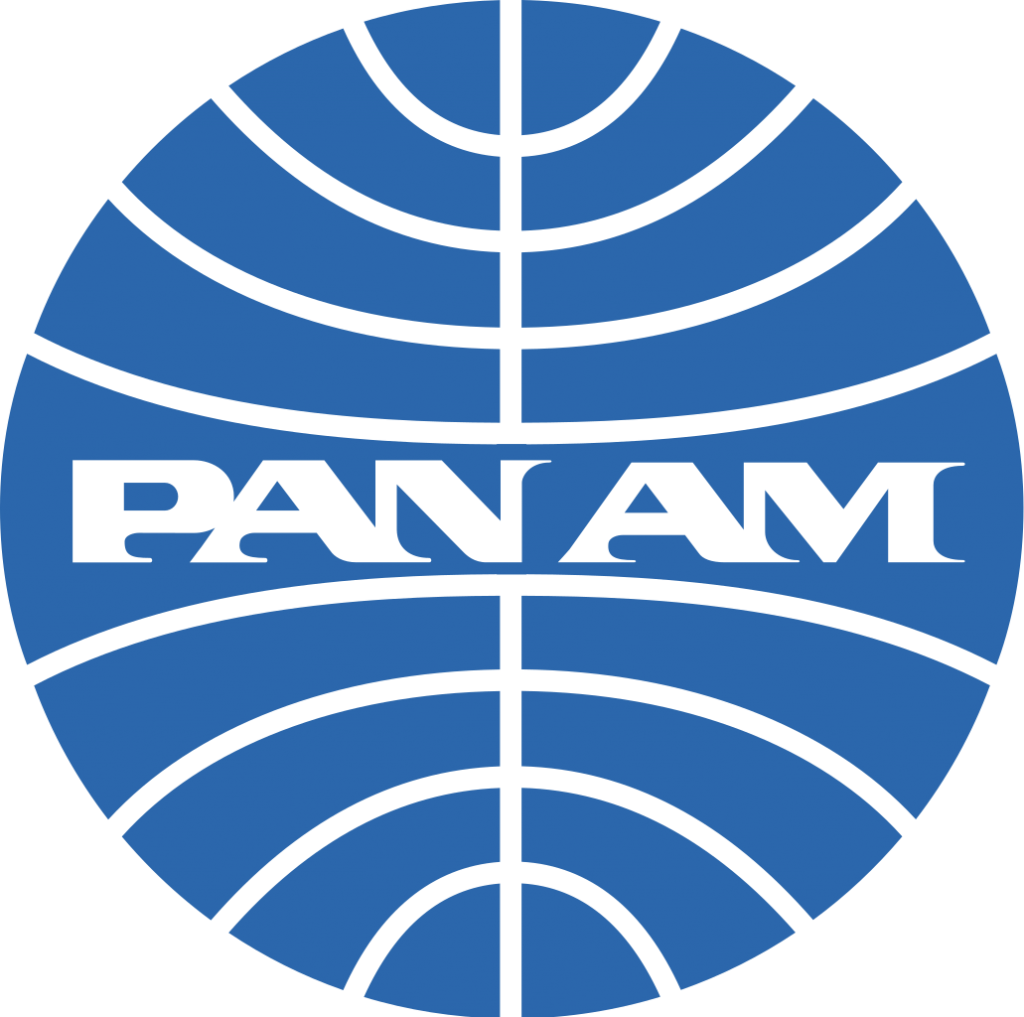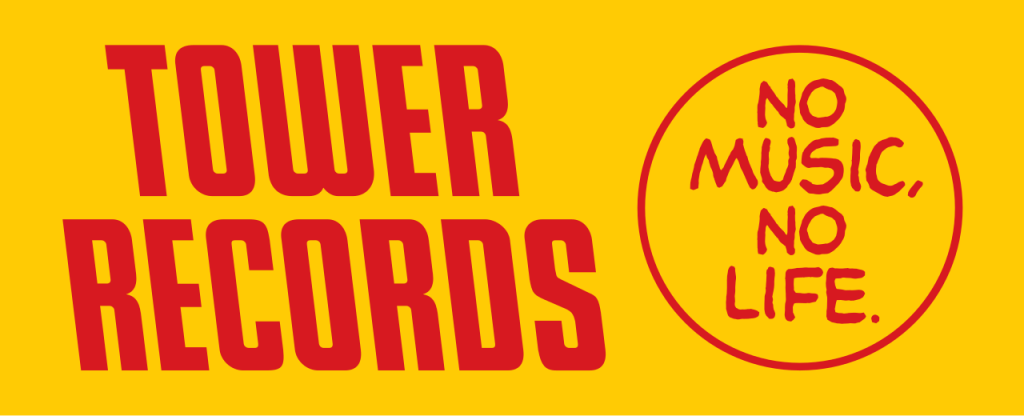In the world of business, there is no such thing as too big to fail. Some corporations have created iconic products that had an impact on at least a generation of people, but failing to adapt to changing consumer tastes can have disastrous consequences even for big companies. When that happens, decades or even centuries old company can easily be bled dry in a couple of years. The other major reasons big companies fail can be due to fraud on a massive scale or being unable to innovate to keep up with new and shiny industry disruptors. Below are 10 such companies that no one thought would collapse until they did.
10. Refco

Refco Inc. was a public American brokerage company which dealt in commodities and futures trade. It was started in 1969 by Raymond Earl Friedman, and collapsed in October 17 2005, just 7 days after the firm got into a public pickle with investors. In its hayday, Refco managed over 200 thousand investors’ accounts of 4 billion dollars.
On 11 August 2005, Refco went public with 26.5 million shares priced at $22 dollars each. The first day in the stock market saw its value grow by a quarter, reaching a 3.5 billion dollar valuation. By September, its shares had grown to $30 a share, with a market value increase of over 800 million dollars.
Barely two months later on 10 October, Refco’s CEO Phillip Bennett was forced to take a leave of absence as fraud accusations and investigations mounts. It was later revealed that there was 430 million dollars of missing money in the firm’s bank accounts, and Bennett was hiding the firm’s bad debts by buying them with the company’s own money, essentially committing a fraud.
Two days later, the disgraced CEO was arrested on security fraud charges. By Oct 17 of the same year, Refco’s stock price tumbled to 80 cents per share, and the company filed for bankruptcy soon after.
9. MFGlobal

MFGlobal, originally known as Man Financial, was a major brokerage firm specializing in commodities future. This centuries old company was started in 1783 in England, beginning as a small sugar trading business. It expanded over the years to become a financial powerhouse.
The firm went public in June 2007, and changed its name to MFGlobal. The company also moved its headquarters to the US in the same year. In 2008 however, the firm’s fortune began to change. A bad debt of 141.5 million scandal surfaced. The firm was fined but found to be compliant with laws, and its stocks prices dropped due to fears that it might be financially unsound.
In late October 2011, however, the corporation reported a loss of 191.6 million dollars from trading in European funds. The firm scrambled for funds and illegally siphoned money from client funds. Investigations later revealed that the firm did that for several times when the company started going downhill from August 2011.
On the last day of October in 2011, the firm filed for bankruptcy, and its assets were subsequently liquidated to pay off investors.
8. DeLorean Motor Company

The DeLorean Motor Company, or DMC, was an American car company founded in 1975. The founder John DeLorean was a talented car engineer, and had sharp business acumen. The company’s signature product was the DeLorean sports car featuring gull-wing doors.
To finance operations, the company took numerous loans from the Bank of America and various other UK government grants to open car factories in places where local unemployment ran high. The British Government provided more than half the funds for DeLorean’s business.
Despite all the grants and loans, DeLorean’s cash flow took a hit when the strains of high costs coupled with the lack of demand for the cars began to show. The gull-wing cars were selling only half the projected amount to break even. John DeLorean even became desperate enough to participate in a drug smuggling project aiming to get cocaine into the US.
Although DeLorean was acquitted of all charges, his name was muddled and failed to get more cash into his car business, causing it to collapse. He declared bankruptcy in 1999, and DeLorean Motor Company was dissolved with 17 million in debt.
7. Pan Am (Pan American World Airways)

Pan Am, short for Pan American World Airways, was the biggest international freight company. It also served as the flagship carrier for the USA in the years it was operational. Founded in 1927 in Florida, it began as a shell company to equalize German aircraft advantage in the Panama Canal Zone.
In the late 1960 to 1970s, Pan Am was the de facto airline for many flight passengers. It boasted 6.7 million annual passengers, and had planes covering 86 countries around the globe. Their seasoned air crew members were well trained, and the company’s planes were state of the art. Passengers enjoyed flying with the airline, and Pan Am had a billion dollars in reserve cash.
In 1973, however, the company’s fortune become to flip. The oil crisis of 1973 was a bad time to make their investment of launching the Boeing 747, and the company was stuck with the decision. With an excess of planes and not enough passengers, their profit began to slide. By 1975, Pan An had lost 364 million, and was almost a billion dollars in debt.
Although the company recovered from the event by restructuring the company, the airline was hit with another financial crisis in 1990. The Gulf War had caused oil prices to soar, and air travel declined. Pan Am executives tried to save the company by selling flight routes to their rival United Airlines and reducing staff headcount, but was ultimately forced to declare bankruptcy in January 8, 1991. The company was taken over by Delta Air Lines after closing down operations in December 1991.
6. Tower Records

Tower Records was a retail and online music store founded in California in 1960 by the entrepreneur Russell Solomon. The company sold CDs, cassettes, and various other items like mp3 players, books and toys related to music.
Expanding rapidly, the company opened up franchise stores across the US. By 1979, the chain had expanded to Japan. More Tower Records stores quickly popped out all over the globe, in places including the UK, Canada, South Korea, the UAE, Hong Kong and Malaysia.
Despite having so many stores all over the world, in 2004, Tower Records filed for its first bankruptcy. Its debt was estimated to be at about a hundred million dollars, with its assets at about the same amount. In 2006, the music store filed for its final bankruptcy. The company’s assets were liquidated, and the last store of its chain closed in New York on December 22th of 2006.
5. Bear Stearns

Bear Stearns was an investment and securities trading firm based in New York, USA. The firm was started in May 1st of 1923 by three men: Joseph Bear, Robert Strearns and Harold Mayer. Even though they disagreed in the direction of the company, the company managed to survive the 1929 Wall Street crash. The firm’s first overseas office was opened in Amsterdam, Netherlands in 1955. Other offices were subsequently opened all over the world.
The company went for an IPO in 1985. By then, Bear Stearns had grown and covered a huge part of the finance world, including trading, mergers and acquisitions, futures and other securities. Due to its huge coverage, the firm was subsequently rated very highly by Fortune business magazine, and its shares ballooned to its peak of over $170 per share. In late 2006, the firm was reported to own over 66 billion in capital, with another 350 billion dollars in assets.
However, Bear Stearns had trouble with its mortgage hedge funds, and lost over 3.2 billion dollars in those funds. Stock price for the company rapidly tumbled when the housing market crisis hit, leading to investors pulling out.
The firm was originally set to be bailed out by the US Federal Reserve Bank for 25 billion dollars, but the deal did not went through. JP Morgan later took over the firm at a mere $2 per share, a far cry from its heyday.
4. Bayou Hedge Fund Group

The Bayou Hedge Fund Group was an investment company specializing in hedge funds set up by Samuel Israel the Third. The firm had about 600 thousand dollars of capital when it first started in 1996. With a bold estimate of the markets being world over 7 billion in a decade, Samuel Israel convinced investors to invest in his hedge fund, eventually garnering over 300 million dollars in investments.
While Israel was an excellent salesman, he fared poorly as an investment trader, losing vast sums of investors’ money when he tried his hand at trading in the year 1998 to 1999. To cover up his failures, he set up a shell company disguised as an accounting firm to audit his funds. To further facilitate his scam, he wrote letters to his investors, claiming that their assets had grown from 300 million to 450 million.
As trading losses mount, Samuel Israel and his partner in crime Daniel Marino tried to appease investors by using new investors’ money to pay off old investors, spurning out a classic Ponzi scheme. The duo also tried to send money to overseas accounts, with intentions to make their escape when they got found out.
When suspicious investors reported the company to the feds. Israel tried to fake his suicide and run away, but both men were eventually arrested. Liquidation of the company’s assets yielded only pennies for every dollar the investors put in. Samuel Israel was eventually sentenced to 20 years in prison.
3. Xerox

Xerox was an USA company which dealt in printing machines and other print products. The company was known for its invention of the computer mouse and the desktop PC.
In 1906, Xerox was founded in New York, selling printing machines. The company had grand visions for the world of computing. It was one of the earliest investors in Apple, and had plans to build the greatest computing system by creating a PC that would eventually become the standard for modern computers. It was to be called the ‘Xerox Star’ system.
Unfortunately, the system did not take off as expected as it was considered too futuristic and expensive at that time. The system also had problems integrating with the company’s core printing systems that had been well established in the market.
While trying to make its desktop products sell, Xerox’s core business of selling printers was rapidly being chipped away by competitors such as Canon and HP which sell cheaper machines. Unable to compete on the same level, Xerox eventually merged with Fujifilm to become Fiji-Xerox, saving Xerox from financial ruin.
2. Toys “R” Us

Toys “R” Us was an American company dealing in global toys, clothes and baby products. Founded in New Jersey in April of 1948 by Charles Lazarus as a children furniture shop, this entrepreneur later sold his business to Interstate Departments, which in turn transformed his business into a global phenomenon, with over 1600 stores in and outside of the US.
In the late 2010s, the franchise was losing market share due to online competition. E-commerce shops were selling cheaper toys at the fraction of the cost of buying from Toys “R” Us, and the company was bleeding money. Toys “R” Us attempted to revamp itself by introducing the Toy Lab concept store with a try-before-you-buy concept. The retail giant also tried to split its clothing business to Baby “R” Us from its core toy selling business.
With losses of over a hundred million dollars every quarter, Toys “R” Us was unable to handle the digital assault from online companies. The company was forced to declare bankruptcy in September 18 of 2017, and eventually shut down, liquidating all its stores in the US, Canada, Europe and Australia. Shops in Asia were sold to Fung Retailing with a valuation of 900 million dollars.
However, this iconic toy store is set for a rebound. They set up a partnership with retail giant Target and opened two brand new retail stores in late 2019.
1. Enron

Enron was an American energy and commodities company based in Texas. Founded in 1985 via the merger of two small companies dealing in natural gas and energy, the company was set to become USA’s most extensive natural gas pipeline company.
In 1987, Enron’s petrol branch reported 85 million in losses, but the company’s actual loss was more than double of the reported amount. After this news was leaked, two Enron management personnel were charged for the crime.
After the scandal, Enron expanded its operations outside the US and built a power plant in UK in 1988. The success of the plant led to the opening of many of its branches all over the world. By 1991, these branches included places like Australia, Japan, Norway and China.
Throughout the 1990s, Enron expanded rapidly due to selling and transporting natural gas overseas from the US. The company also created a new arm known as Enron Finance Corp, and it focused on investing in plants outside the US as well as becoming a middleman for energy related trades.
Enron Online was created in October 1999 for trading commodities. This online platform allowed Enron to be the buyer or seller for every transaction done on the platform. The company became a media and Wall Street darling, and was acclaimed as the ‘Most Innovative Company’ by Fortune magazine for six years in a row between 1996 and 2001.
The burst of the dot com bubble in 2000 caused Enron to lose billions of dollars in investors’ money. Top executives at the company tried to cover up the losses with a variety of tricks. One of these tricks was illegally ‘cook the books’ themselves so Enron appeared to be profitable while it was actually bleeding money. By falsely reporting gains when there was losses, Enron dug a massive debt hole for itself that it could not recover from.
By August 2001, Enron’s stock prices were plummeting, and the company’s top dogs quietly sold off their stocks while encouraging investors to hold on to theirs. When this insider trading crime was uncovered, the Enron executives involved were sent to prison. Enron declared bankruptcy on December 2th of 2001, barely two months after it announced a loss of over 600 million dollars.
Bonus: Arthur Andersen

Arthur Andersen was an accounting firm founded in 1885 by a man of the same name in Plano, Illinois. The founder was a classic rags to riches tale, and his values of unwavering integrity in accounting was practiced throughout the company. Due to the high standards the company held itself to, it became one of the Big Five accounting firms in the US.
With its reputation, Arthur Andersen eventually added consulting to its list of services, which became highly profitable. Hailed as honest and trustable because of its founder, the company was able to expand outside the US. However, due to internal disagreement, the company split into two smaller companies, the accounting branch holding on to the company’s name, and the consulting branch changing its name to Accenture.
Arthur Andersen was one of the reasons why Enron was able to keep investors in the dark for such a long time. Using their reputed service as an auditing company, they did not indicate any problems with Enron’s finances during their annual audits. When Enron’s financial discrepancies were uncovered, Arthur Andersen executives destroyed papers pertaining to Enron, hoping not to implicate themselves. This led to widespread criticism for the accounting firm’s behavior, and its highly acclaimed history of integrity was destroyed.
After Enron’s collapse, Arthur Andersen followed suit soon after. Although the execs of this firm were not charged with any crimes, other companies were unwilling to work with them due to their tarnished reputation. The company’s departments was divided up and merged with other companies or became independent firms.
In your opinion, which company’s failure was the worst? Leave your comments below!

